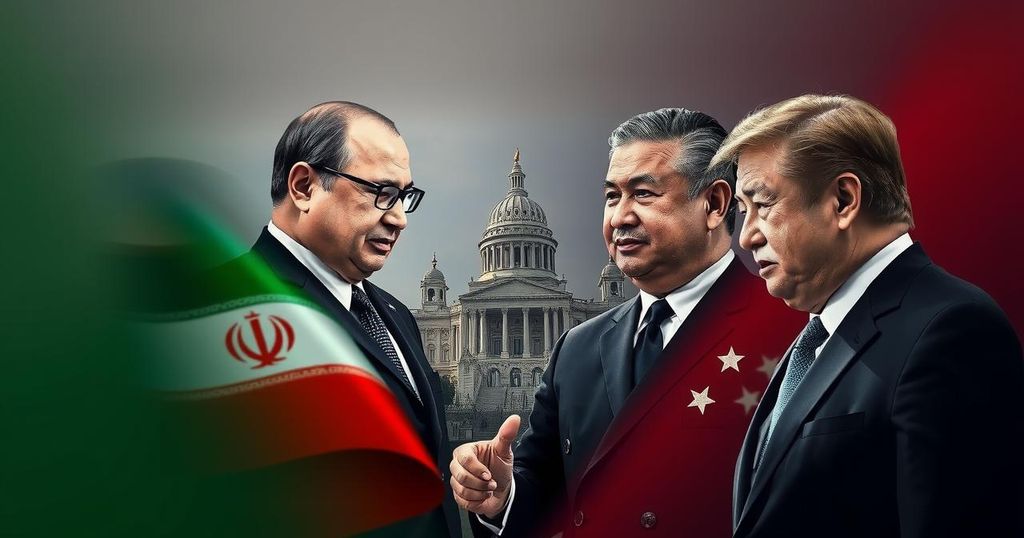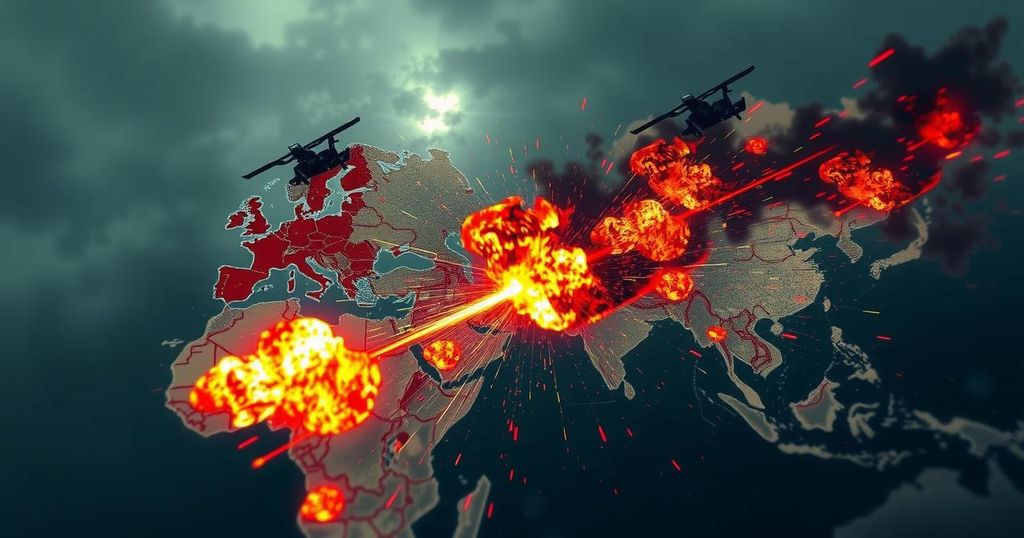Sudan: A Historical Overview of Civil Conflict and Governance
This article outlines Sudan’s turbulent political history, focusing on the authoritarian regime of General Omar al-Bashir and the complexities of the civil war in the south. It highlights the RCC’s repressive measures against opposition, the struggles faced by civilians amidst violence and famine, and the eventual move towards a peace agreement in 2005, though significant challenges remain for Sudan’s political future.
The Sudanese context has been marked by a tumultuous history characterized by civil wars, authoritarian regimes, and ongoing conflict. Following a military coup in 1989, General Omar al-Bashir’s government resorted to repressive measures against political dissent. The Revolutionary Command Council (RCC) systematically imprisoned political opponents, dissolved trade unions and political parties, censored the press, and dismantled the judiciary in an attempt to maintain control over the populace. This repressive environment, supported by the National Islamic Front, enabled Bashir to reinstate Islamic law in 1991, further isolating Sudan internationally. Despite this authoritarian grip, the ongoing civil conflict in southern Sudan saw the government face significant challenges. Unable to effectively combat the Sudan People’s Liberation Army (SPLA) militarily, the government armed and deployed Arab militias against local African communities, specifically targeting the Dinka ethnic group. The humanitarian situation deteriorated drastically as famines resulted from long-term drought, and the government obstructed aid efforts while perpetuating violence, causing mass displacements and grave suffering among civilians. The RCC maintained power until 1993 when a transition to civilian rule occurred, albeit under the continuing influence of the National Islamic Front. Bashir’s presidency began with the first presidential and legislative elections in 1996, and despite signs of political transformation with a new constitution approved in 1998, authoritative tendencies persisted. Although Sudan began to export oil, the economic situation remained dire due to sustained civil conflict. Efforts for peace over the decades proved largely unsuccessful until the Comprehensive Peace Agreement (CPA) was signed in January 2005. This agreement aimed to end the protracted civil war by establishing a framework for governance, wealth sharing, security arrangements, and the provision for a referendum on southern independence. Controversial regions, including Abyei, were earmarked for joint administration, indicating an acknowledgment of the complex interplay of territorial claims and ethnic affiliations in Sudanese governance.
The article discusses the complex political landscape of Sudan, particularly the shifts from military to civilian rule under General Omar al-Bashir’s regime and the ongoing civil war affecting the southern regions of the country. The dynamics of governance, ethnic tensions, and the humanitarian crises stemming from these conflicts illustrate the deep-rooted challenges Sudan faces in its transition towards peace and stability. The rise of Islamic law and the suppression of dissent further highlight issues of governance that continue to resonate in Sudan’s political narrative today.
In conclusion, Sudan has traversed a difficult path marked by authoritarian rule, civil conflict, and regional disparities. The transition from military to civilian governance under Bashir raised questions about the true nature of democracy in Sudan, with ongoing struggles for power and the welfare of its citizens. The signing of the Comprehensive Peace Agreement represented a crucial step toward resolving the protracted civil war, but the road to lasting peace remains fraught with challenges and uncertainties as the country grapples with its complex legacy.
Original Source: www.britannica.com







Post Comment